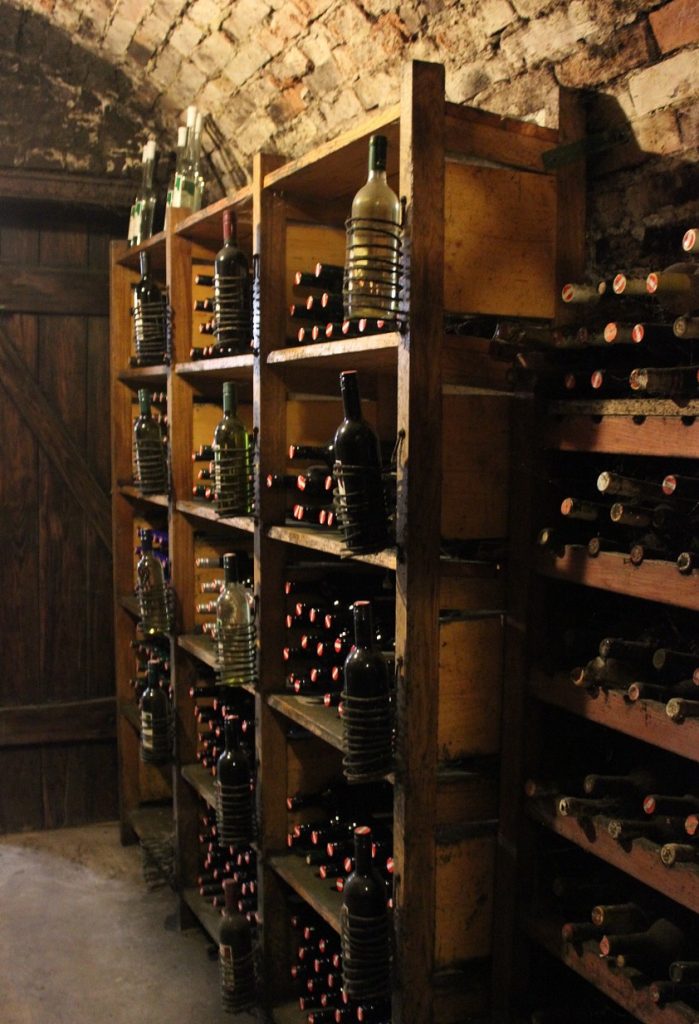Four Considerations for Any Wine Collector.
Wine has taken on a relatively new identity among private clients as a financial asset class. Clients often find themselves as unintended or reluctant collectors after a life event (i.e. death in the family, divorce) or slowly acquire wine over time, and then find themselves with a collection with real and often unexpected value. This brings up complex issues when thinking about values, drinking ranges, proper storage, acquisition, disposition and how they all fit together over the life of the collection. Collectors, accidental or seasoned, often view their wine as a consumable product, and not as an asset that needs to be properly planned for, managed and protected. Once a collector is shown the extent, value and fragility of their collection, they soon realize the need for proper guidance and advice from firms like WineAdvise that can provide expertise on collection protection and management.
There are several factors to consider when managing a wine collection. Granting proper attention and care to these areas can help collectors to maximize the value and enjoyment of their collection over time.
STORAGE – Determine where you will store your wine before you collect. Wine does best in a cellar that maintains a temperature of 55 degrees Fahrenheit and a humidity level of 65 percent. The humidity keeps the cork moist to prevent early exposure to oxygen, and 55 degrees Fahrenheit is the ideal temperature for properly aging wine. Collectors often neglect to arrange for proper storage conditions, which is the most important factor to consider for the long-term health of the wine. Ideally, wine should be stored at a professional facility. Rates at such facilities can be $2 per case or more, but it is worth the investment and ensures proper provenance, which comes into play especially if the client decides to sell some or all of the collection in the future. If stored at home, make sure to have a proper climate control system and insulation in place to protect the wine.

PROVENANCE – Purchase wine from known and reputable sources that can confirm how the wine has been stored from when and where it was bottled until it arrived at its present location. It is important to know the chain of storage to confirm that the wine has not been exposed to any events that may have damaged or prematurely aged the wine. This also limits the possibility of purchasing fraudulent wine. Unfortunately, fraudulent wine is quite common and some leading experts estimate $3 billion worth is currently circulating in the secondary market.

DRINKING RANGE – Wine is an organic asset with definitive lifespan and a peak drinking time window. Depending on the producer, region and vintage of the wine, there is often a period during which the wine is recommended as not ready to drink (premature), a period during which it is in peak drinking range, and a period during which it is on a slow decline in terms of drinkability. It is important to have an understanding of these drinking ranges, both for maximum drinking enjoyment and for investment purposes.

INVESTMENT – Wine is a collectible that is increasingly seen as a financial asset which can be expected to produce a return on investment. While there is inherent potential for wine collection to act as assets, there are variable costs that need to be considered when acquiring wine as an investment. Investors need to understand the difference between replacement values and fair market values. If an investor purchases at a retail venue and plans to sell at auction, then he or she needs to realize a realistic time horizon that must pass before any gains are realized. Additionally, carrying fees for services such as storage and insurance, as well as transaction costs in the form of brokerage or auction fees need to be considered and factored into the investment return time frame.
Thoroughly understanding and heeding to the most important factors affecting the condition, value and lifespan of a wine collection will protect the collection over time. This proper care helps to ensure that the collector meets his or her goals in relation to the wine collection, whether they be personal enjoyment, financial benefit, or both.



